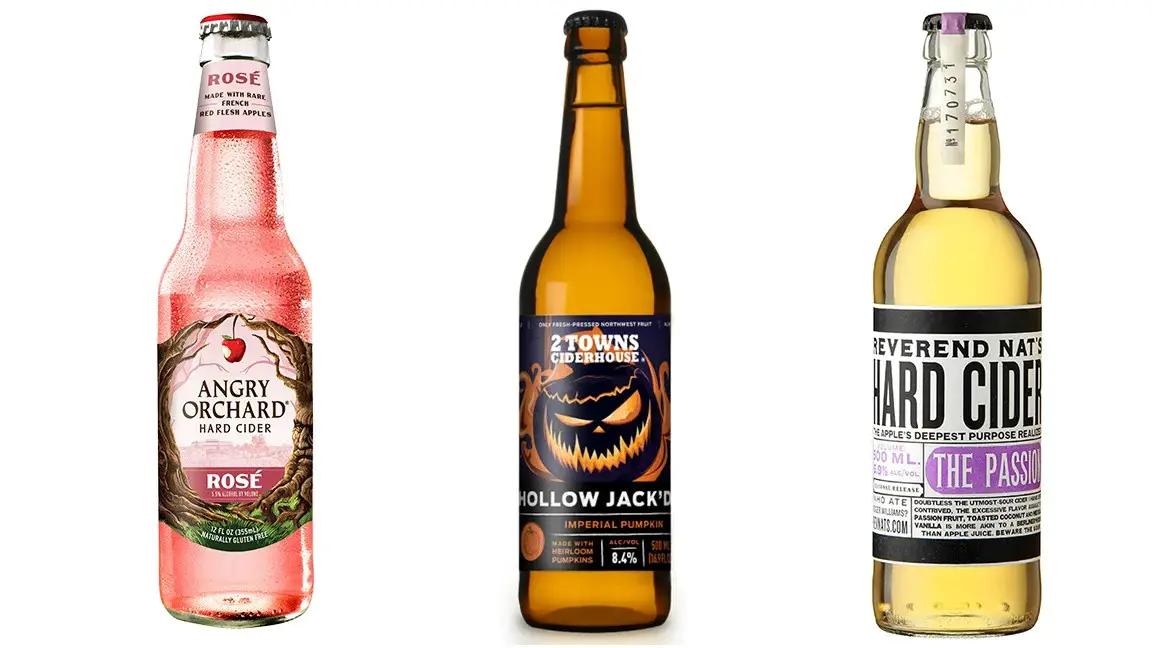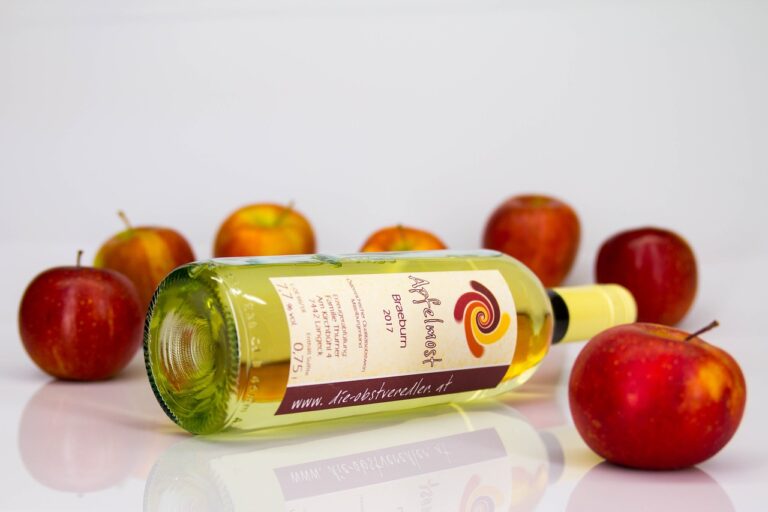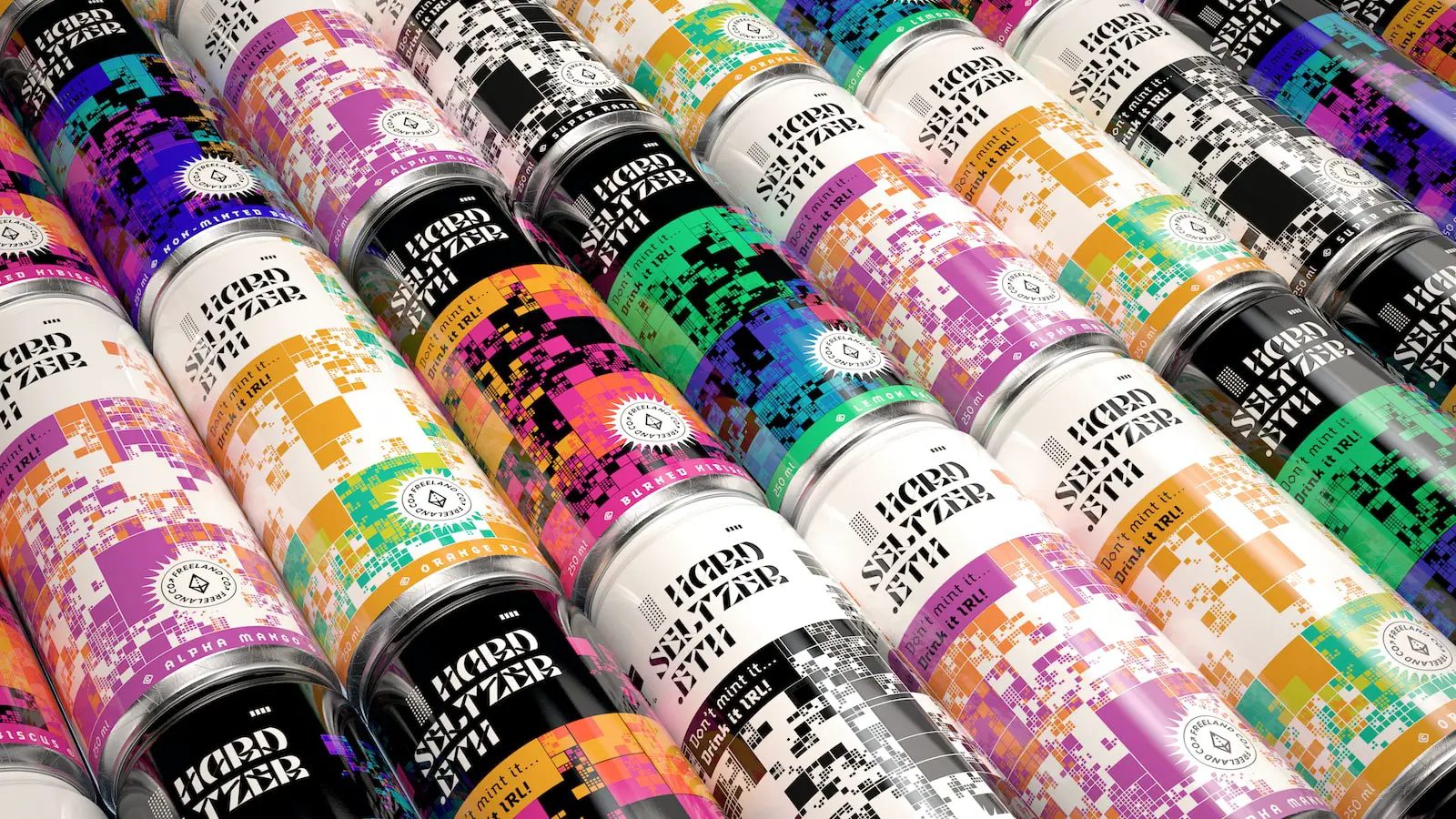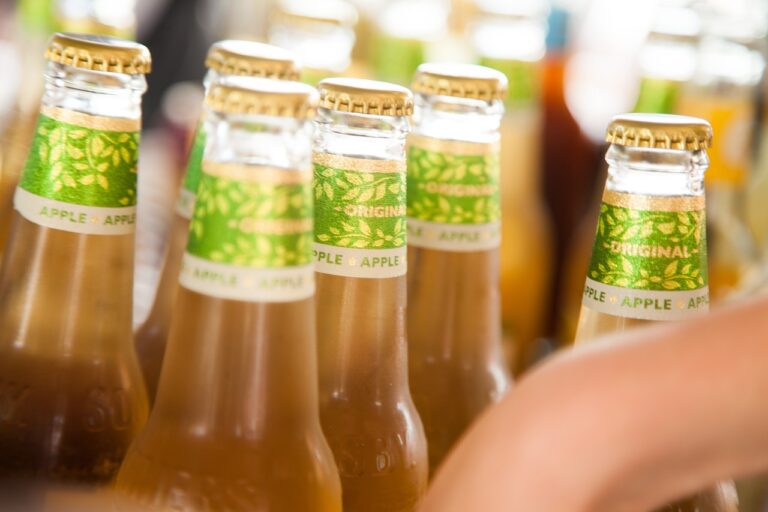Sugars naturally ferment into alcohol in sweet apple cider, known as hard cider. You don’t need to purchase any imported components, like sugar. So, it is one of the most locally produced drinks.
The culture of squeezing apples during the fall is the favourite of many people. Knowing the origins of the various tastes in cider is crucial for adjusting the flavour to your preferences.
There are several different ways to reduce the beer’s flavour, acid content, or sourness of your cider. It’s great that so many people are trying it out because it’s a lot of fun!
Cider flavour is a matter of personal taste, yet there are cultures and standards for what authentic hard cider should taste like.
Should Hard Cider Resemble Apple Cider in Flavor?
Hard cider and apple ciders flavour are not similar.
Many people believe that hard cider might also taste such as cider with a hint of alcohol, but doing so would be analogous to saying that grape juice tastes like wine.
Apple juice that has undergone fermentation results in hard cider, which is significantly less sweet than unfermented cider.
Hints to Make Hard Cider Tasty
Cider gets its beer flavour from a mixture of alcohol, some other bitter compounds, yeast-produced flavours, and residual sweetness.
While the majority of drinkers agree that hard cider should have more wine-like flavour, some prefer a more apple juice-like cider.
Add Some Flavor
Cinnamon, cloves, nutmeg, and allspice are among the spices and fruits that make up the traditional mulling mix.
Fresh oranges, apples, raisins, cranberries, etc. all of the ingredients should be placed in a cheesecloth pouch for simple straining before being steeped in the cider for 30 minutes over low flame.
Apple’s flexibility will never be able to withstand how potent ginger can be, regardless of whether you add ginger syrup, fresh ginger juice, or spicy ginger beer.
Traditional spiced cider gives a delicious twist with the addition of ginger, galangal, star anise, five-spice, peppercorn, and cardamom.
When possible, try to avoid using ground spices because they can give the impression that cider is muddy.
Make an Effective Blend
Most homemade cider is made with a variety of apples, which give the drink different flavours and aromas.
The consequences are frequently better if you’re able to mix apples from a few types of trees into your cider. Pick a variety of fruit that is interesting, aromatic, tart, sweet, and aromatic.
Crab apples will typically add some impressive tannins and enhance the flavours in your mixture. If your main source of apples lacks in aroma, adding a few Red Tasty and Gala can help.
Heating It Up
Cider’s sweetener can be reduced and given a little bite by a small amount of fire, which also adds complexity.
Add a dash of chilli powder or float a dehydrated chile de Arbol in your mug for some steamy heat.
Pick the Correct Yeast
The newly added sugar will undergo a secondary fermentation in the vial with the aid of the yeast still present in the cider. It will result in the production of carbon dioxide and a small amount of alcohol.
Both beneficial and detrimental qualities can be contributed by the yeast to the final cider. To give this same cider a fruity flavour, the majority of cider producers utilize wine or champagne yeast.
You can also rely on the apple’s organic yeast, but that technique necessitates allowing a variety of other microbes to participate in the fermentation.
Make Your Cider Yummy: Add Pectic Enzyme.
Pectic enzymes, such as Pectinase, can be added to the juice to define it and reveal a portion of the juice’s smells in the cider.
It is best to add pectic enzymes before actual fermentation as the pectin can be degraded before the mixture contains alcohol.
Adjust the Acidity
The acidity of juice affects the flavour of your final cider. It can taste undesirable tart if the acid levels are excessive.
Watery and vapid tastes may arrive if the acid content is too low. Keep just enough tartness to offer it a bite that will quench your thirst.
The ideal pH test strips for determining how acidic your syrup is are those that test between 3.0 and 4.0. Your juice will probably taste too sour once it ferments if the pH is 3.0 or lower.
How to Sweeten Alcoholic Cider
Before fermentation begins, it is always possible to add additional sugar to make hard cider taste better. This will either increase the alcohol content or make the final product sweeter.
However, how can you maintain a low alcohol level while boosting the sweetness of your cider? Once the fermentation has concluded, there are essentially two methods to back-sweeten cider.
Either you eliminate the yeast and add sugar, or you may add something pleasant that does not get hydrolyzed by the living yeast.
Alternatively, the simplest but less classy option is to add sugar and apple juice just before drinking.
Sour Cider—What to Do?
The sweetness of apple juice, sugar, honey, or anything else can counteract the sourness of lemon juice, you can effectively lessen the sourness by adding a little sweetness.
The bacteria lactobacillus, which is widespread in nature and simple to introduce to cider, is responsible for tartness. Try rinsing your apples before grinding them into juice.
Acetobacter fermented Acetic acid formed during alcoholic fermentation. However, this can be easily avoided by not letting air or fruit flies into the cider.
Avoid being too rigid about sealing off airflow. Keep the airlock full of water and use a lid that fits securely. Your cider’s tartness can be mellowed by adjusting the sugar and acid levels.
You can either back-sweeten the cider or promote malolactic fermentation, which converts the relatively tart malic acid into softer lactic acid.
Conclusion
Hard cider can develop a flatter flavour over time, usually as a result of natural oxidation.
Don’t expect your finished hard cider to taste particularly sweet like an apple; instead, expect it to taste more like wine.
Using sparkling wine yeast and frequent racking will help to lessen the beer flavour in cider. Malolactic fermentation should be promoted, or the cider can be back-sweetened, to lessen its tartness.
Cider’s acidity can be reduced by getting older the cider, neutralizing the acid, or adding a sweet taste.










